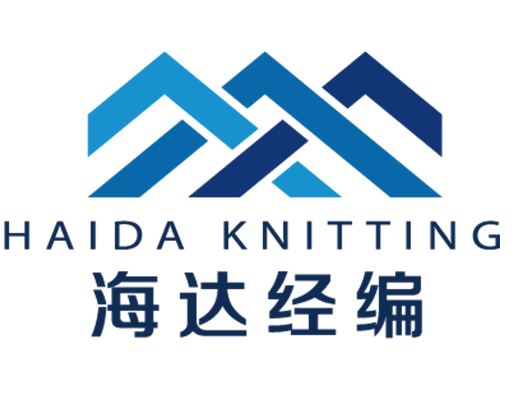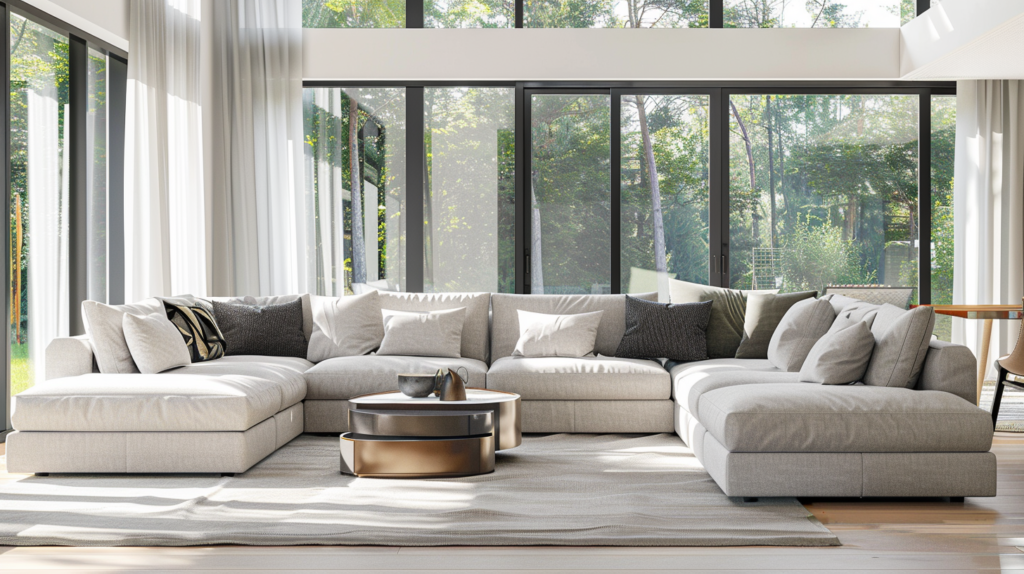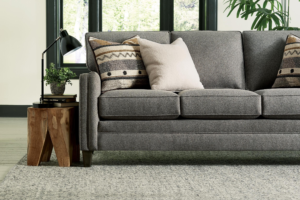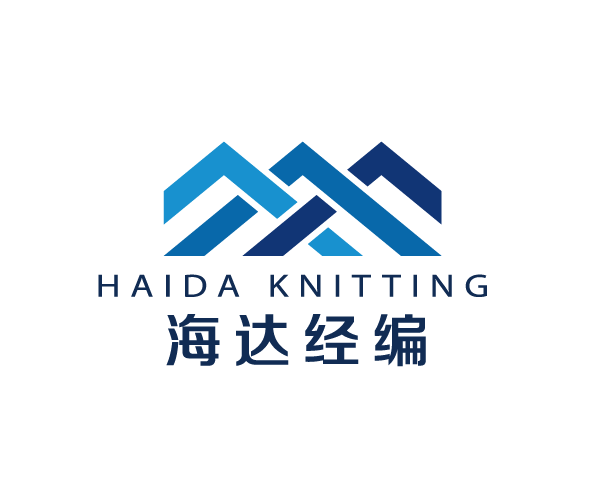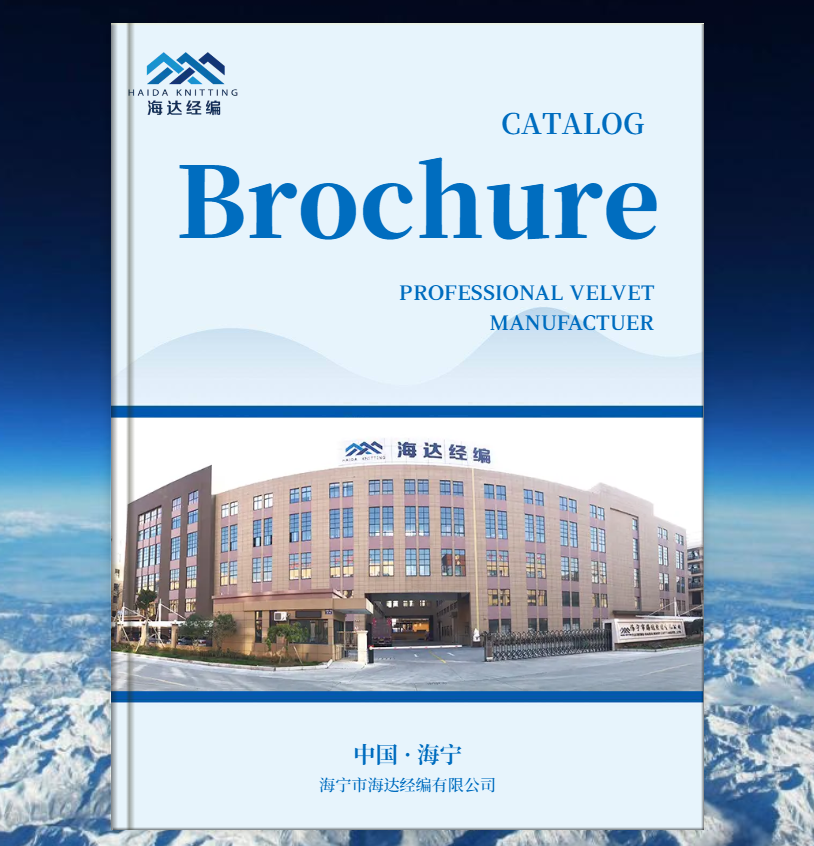Commercial grade upholstery fabric refers to fabrics specifically designed and manufactured to meet the stringent demands of high-traffic environments such as offices, hotels, restaurants, healthcare facilities, and public spaces. These fabrics must meet certain performance, durability, and safety standards to withstand frequent use while maintaining their appearance and functionality. Here’s a detailed breakdown of what qualifies a fabric as “commercial grade”:
Key Characteristics of Commercial Grade Upholstery Fabric
1. Durability
- Abrasion Resistance: Commercial grade fabrics are engineered to resist wear and tear caused by constant use. They undergo double rub testing, a method used to simulate the wear caused by people sitting and moving on the fabric. Fabrics with a high double rub count (above 30,000 double rubs) are considered suitable for commercial use, with some fabrics even exceeding 100,000 double rubs for extreme durability.
- Strength: The fabric’s weave, fiber composition, and density all contribute to its strength, ensuring it holds up over time without fraying, stretching, or tearing.
2. Stain and Moisture Resistance
- Performance Finishes: Commercial grade fabrics are often treated with special finishes that make them resistant to stains, moisture, and spills. This is particularly important in restaurants, hotels, and healthcare settings, where cleanliness is a top priority.
- Easy Cleaning: These fabrics are designed to be easy to clean, often requiring only a mild detergent or a simple wipe-down to maintain their appearance.
3. Fire Resistance
- Flame Retardant Properties: Many commercial grade upholstery fabrics must meet fire safety standards like CAL 117 (California Technical Bulletin 117) or NFPA 260 (National Fire Protection Association) to ensure they don’t easily ignite or contribute to the spread of fire. This is a critical requirement in public buildings and commercial spaces.
4. Colorfastness
- Resistance to Fading: These fabrics are designed to resist fading from UV exposure and constant cleaning. Colorfastness is crucial in settings with large windows or outdoor environments, where exposure to sunlight is frequent.
- Retaining Appearance: Commercial fabrics are constructed to maintain their color and texture even after heavy use and frequent cleaning, ensuring they continue to look professional and fresh over time.
5. High-Traffic Endurance
- Tensile Strength: Commercial grade fabrics are engineered to handle constant pressure without stretching or weakening. This makes them ideal for public seating areas where the fabric is frequently used and expected to endure high levels of stress.
- Resistance to Pilling and Snagging: To prevent the fabric from deteriorating in appearance, commercial fabrics are tested for pilling (the formation of small fabric balls) and snagging, ensuring they maintain a polished look even after extensive use.
6. Antimicrobial and Antibacterial Properties
- Healthcare and Hospitality Needs: In spaces like hospitals and hotels, antimicrobial fabrics are crucial to prevent the growth of bacteria, mold, and mildew. Some commercial fabrics, like Crypton® and Nano-Tex, are treated with antimicrobial finishes to enhance cleanliness and hygiene.
Types of Commercial Grade Upholstery Fabrics
- Crypton® Fabric
- Engineered for Heavy Use: Crypton fabric is a high-performance textile specifically designed for stain, moisture, and bacteria resistance. It’s commonly used in hospitality, healthcare, and public seating where high durability and cleanliness are required.
- Moisture Barriers: Crypton features a built-in moisture barrier, making it impervious to liquid spills, which prevents stains from penetrating into the upholstery.
- Vinyl
- Water and Stain Resistant: Vinyl is often used in restaurants, healthcare, and public seating because it is extremely durable, easy to clean, and highly resistant to stains, moisture, and bacteria.
- Affordable Alternative: It provides a cost-effective option to leather, offering a similar aesthetic with better stain resistance.
- Olefin (Polypropylene)
- Heavy Duty Synthetic: Olefin is a durable synthetic fabric that is resistant to stains, fading, and moisture. It is often used in outdoor furniture and commercial settings where the fabric is exposed to high traffic and the elements.
- Affordability and Performance: Its affordable price combined with excellent performance characteristics make it a go-to choice for commercial use.
- Nylon and Nylon Blends
- Abrasion Resistance: Nylon is one of the strongest synthetic fibers and is used in commercial upholstery for heavy-duty seating. It’s highly abrasion-resistant and often blended with other fibers to increase strength and durability.
- Pilling Resistance: Nylon’s high resistance to pilling and stretching ensures that it retains its shape and look over time.
- Wool Blends
- Luxury and Durability: Wool and wool-blend fabrics provide a balance of natural resilience and luxury. Wool is naturally flame-retardant and durable, making it a top choice in executive offices, high-end hotels, and commercial lounges.
- Temperature Regulation: Wool is also breathable, providing comfort in both warm and cold climates.
Industry Standards for Commercial Upholstery Fabrics
- Double Rub Test: This test measures the fabric’s durability by rubbing it back and forth with a mechanical arm until signs of wear appear. Fabrics with a rating of 30,000+ double rubs are considered commercial grade.
- Fire Resistance Testing: Commercial fabrics must meet fire safety standards, such as NFPA 260, which tests the fabric’s ability to resist ignition and slow the spread of fire.
- Cleaning and Maintenance Requirements: Commercial fabrics are expected to be able to withstand frequent cleaning without losing their structural integrity or appearance.
Conclusion:
Commercial grade upholstery fabric is designed for environments where durability, safety, and cleanliness are of paramount importance. Fabrics like Crypton®, vinyl, olefin, and nylon are excellent examples of materials that meet the high standards of abrasion resistance, stain protection, fire safety, and antimicrobial properties required in commercial settings. These fabrics are specifically engineered to maintain their appearance and performance in high-traffic areas, ensuring they provide long-lasting value for both businesses and public spaces.
